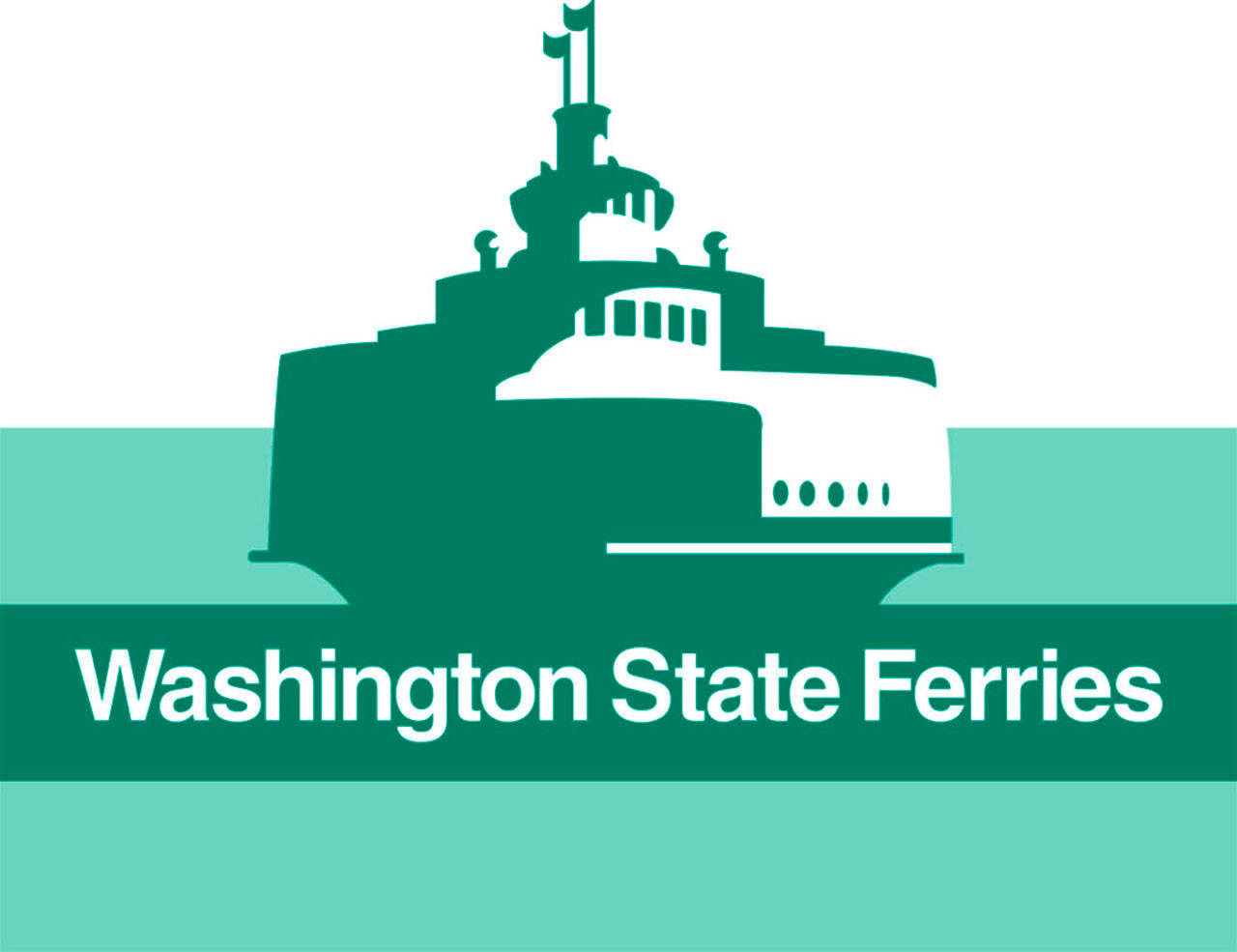Submitted by the Washington State Department of Transportation
A surge in boardings in 2017 pushed Washington State Ferries to its highest ridership since 2002. Last year, the nation’s largest ferry system carried nearly 24.5 million people, enough to fill CenturyLink Field every day of the year. Ridership grew by more than 250,000 over 2016, increasing for the ninth consecutive year.
“We expect our ridership to continue to grow as more people move to Western Washington,” said WSF head Amy Scarton. “As part of the state highway network, the ferry system is a critical link between more affordable housing on the west side of the sound and key employment centers on the east side. Not to mention, we’re also a major tourist attraction and an iconic part of the state.”
The increase in ridership includes an all-time high on routes serving the San Juan Islands, despite a decrease in total sailings due to vessel breakdowns during the busy summer months. In 2017, state ferries completed 161,072 trips and travelled 901,288 miles – nearly four times the distance to the moon.
The largest growth came on the Fauntleroy/Southworth segment of the “Triangle Route,” where ridership was up 8.2 percent, or more than 70,000 customers over 2016 totals. The Seattle/Bainbridge Island route had the biggest jump in total riders with nearly 100,000 more passengers compared to the previous year.
Ridership highlights
· System total: Customers up 1 percent from 2016, vehicles up 0.8 percent.
· Seattle/Bainbridge Island: Busiest route for total ridership with customers up 1.5 percent and vehicles up 0.1 percent.
· Edmonds/Kingston: Second highest total ridership with customers up 0.5 percent and vehicles up 1 percent.
· Mukilteo/Clinton: Busiest route for drivers with vehicles up 0.9 percent and customers up 0.7 percent.
· Fauntleroy/Vashon/Southworth: Customers up 1.7 percent and vehicles up 1.3 percent, led by the Fauntleroy/Southworth segment, which had the largest year-to-year growth with customers up 8.2 percent and vehicles up 8 percent.
· Seattle/Bremerton: Welcomed system’s third Olympic class ferry, Chimacum, to the route in the spring. Customers up 1.4 percent, vehicles up 3.5 percent.
· Anacortes/San Juan Islands: Record ridership despite summertime service disruptions for unplanned maintenance with customers and vehicles up 0.2 percent.
· Point Defiance/Tahlequah: Second largest year-to-year growth for total ridership with customers up 3.8 percent and vehicles up 1.9 percent.
· Port Townsend/Coupeville: Summertime vessel breakdowns contributed to a small decrease in ridership with customers down 1.5 percent and vehicles down 1.8 percent.
· Anacortes/Sidney, British Columbia: Noticeable drop because of summertime cancellations due to vessel breakdowns with customers down 10.1 percent and vehicles down 9.3 percent.
Washington State Ferries, a division of the Washington State Department of Transportation, is the largest ferry system in the U.S. and safely and efficiently carries 24 million people a year through some of the most majestic scenery in the world. For breaking news and the latest information, follow WSF on Twitter.
Learn more by reading WSF’s Fact Sheet at bit.ly/2DrQ4va.




